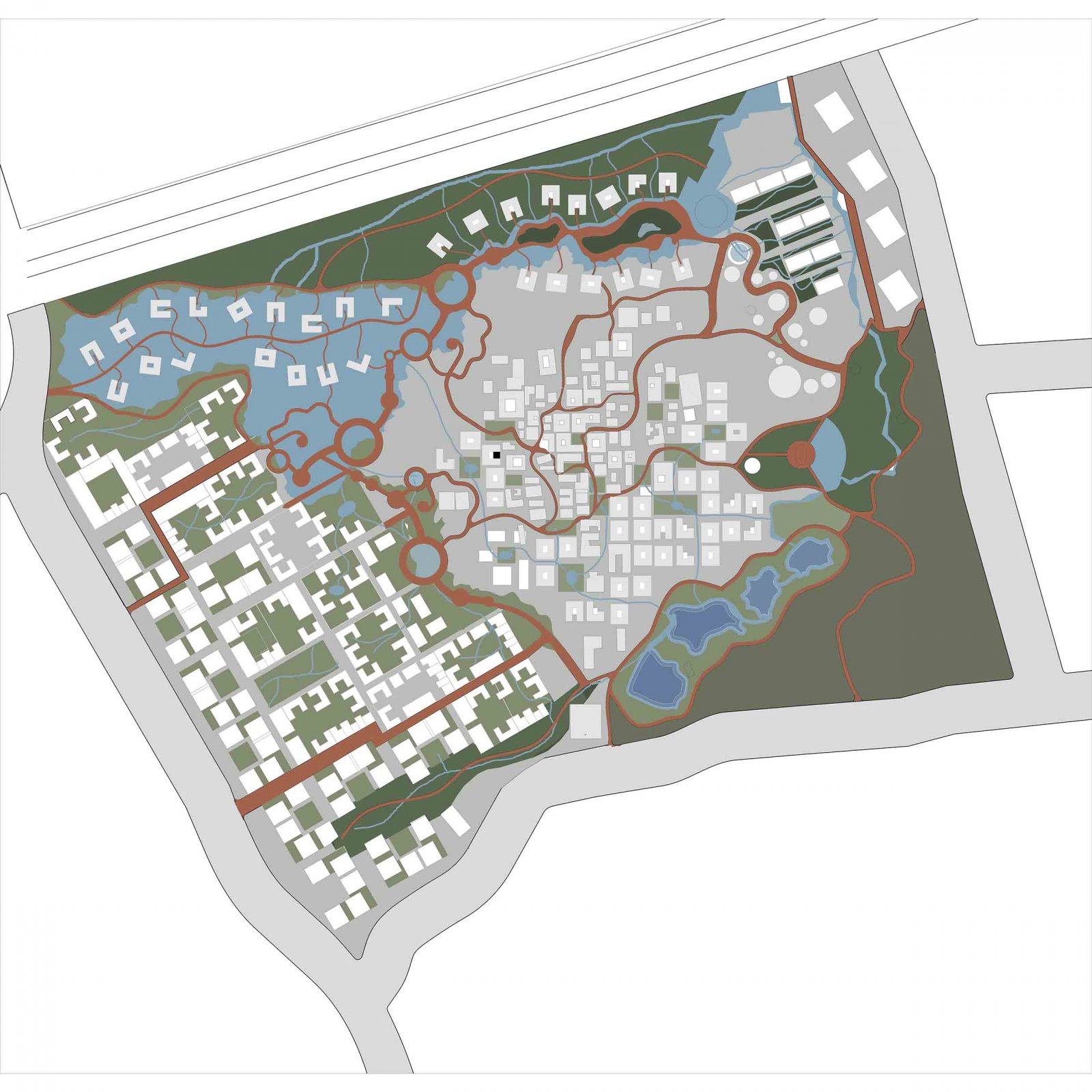- Student Kelly Shah
- Code UD1817
- Faculty Planning
- Tutor/s Rajiv Kadam,Piyas Chaudhuri
- TA Vaishnavi Akilla
India is a country with a majority of the population living in a rural area and nearly 70% involved into the agriculture practices. With the current rate of urbanization, it's estimated that nearly 8,000 people will be residing in nearby villages. Moreover, due to urbanization the infrastructure improves for housing, transportation, commerce etc. and thereby the face value and identity of the place changes and thereby the so-called standard of living changes. But that doesn’t mean the picture is pretty for rural areas, many villages tend to become rural islands, surrounded by the sea of high rise, commercial and automobile driven activities. With the ever-extending limits of municipality limits many rural areas have been integrated into the urban area leading to a drastic change in occupation leading to socio-economic discrimination, loss of identity and image, nature which to some extent are responsible for inviting more natural calamities in the development. So what if the new nature of development is to preserve these cultural hotspots and try to integrate with the new development. The idea is to have soft interphase focusing on the transition from a rural area to urban through water and mending the development towards other natural forces. The idea is to integrate the urban development with the rural character to preserve the cultural identity associated with the space. The attempt is to give the rural experience of the space to the visitors coming to Rajgir. It’s an attempt to experience and live a rural life. Get to know about the rich culture of Rajgir through the lens of its local residents, the villagers and their day to day life. The idea of rural tourism is promoted through various programmes like farm picking, community kitchen, farmer’s market, workshops, homestays, rural museums etc.
